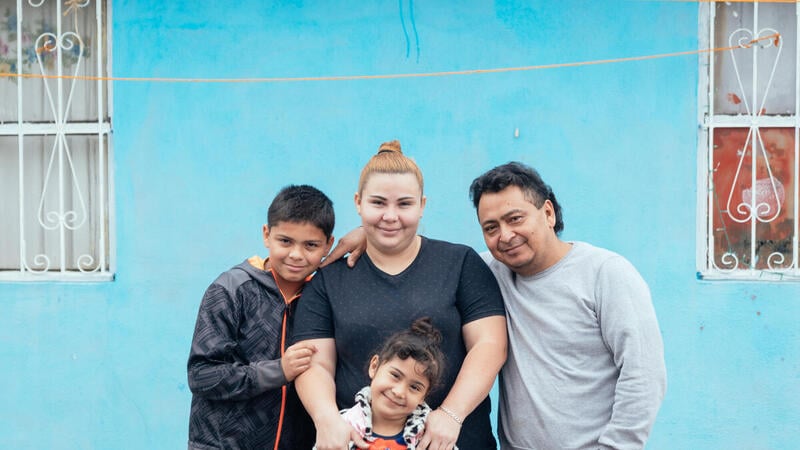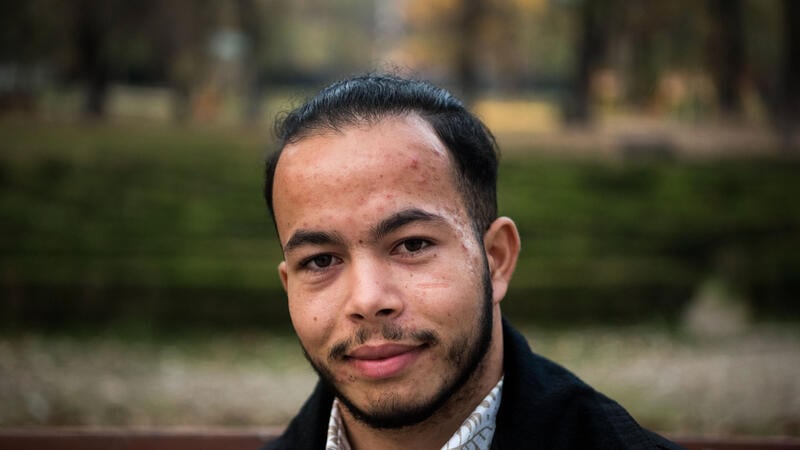COMPASS
COMPASS

By integrating refugees, internally displaced and stateless people into national and local plans and making them an integral part of the peacebuilding process, they have greater opportunities to thrive, alongside the communities that host them.
Key features
With the COMPASS approach, UNHCR shifts towards more impactful strategies that address key issues faced by refugees, internally displaced and stateless people, including a clear vision of change. Operation strategies articulate desired changes over time, linking up with national plans and the UN-wide effort to achieving the Sustainable Development Goals and the UNHCR Strategic Directions 2022-2026. This includes a multi-year programming cycle spanning three to five years that shifts the focus from “what we do” to “how we contribute to change”.
The COMPASS approach puts an emphasis on the use of data and evidence to define desired results, monitor progress and dynamically learn and adjust. It tracks results through a simplified results chain aligned with the UN system of “impacts”, “outcomes” and “outputs”. At the country level, operations have the flexibility to define their results, while at the global level, a global results framework with impact and outcome areas helps aggregate results and financial information.
To monitor and track progress against the global results framework, COMPASS includes 76 core indicators at the impact, outcome and output level. In addition to core indicators, operations have the flexibility to select from a list of good practice indicators and add context-specific user-defined indicators to align with regional plans or local development plans and initiatives.
In UNHCR, every strategy has three programming phases – PLAN for, GET and SHOW Results.
- The PLAN phase includes situation analysis, vision, theory of change, a costed results framework and a resource management and monitoring and evaluation plan.
- The GET phase covers the entire period of implementation, including delivery through partnerships.
- During the SHOW phase, our operations reflect on the progress they have made and collate the results of the work of the previous year, and in the case of a final year of a multi-year strategy, the results across multiple years.
A dedicated online system linked to COMPASS allows UNHCR personnel around the world to perform all tasks related to planning, budgeting, implementing, monitoring and reporting.


